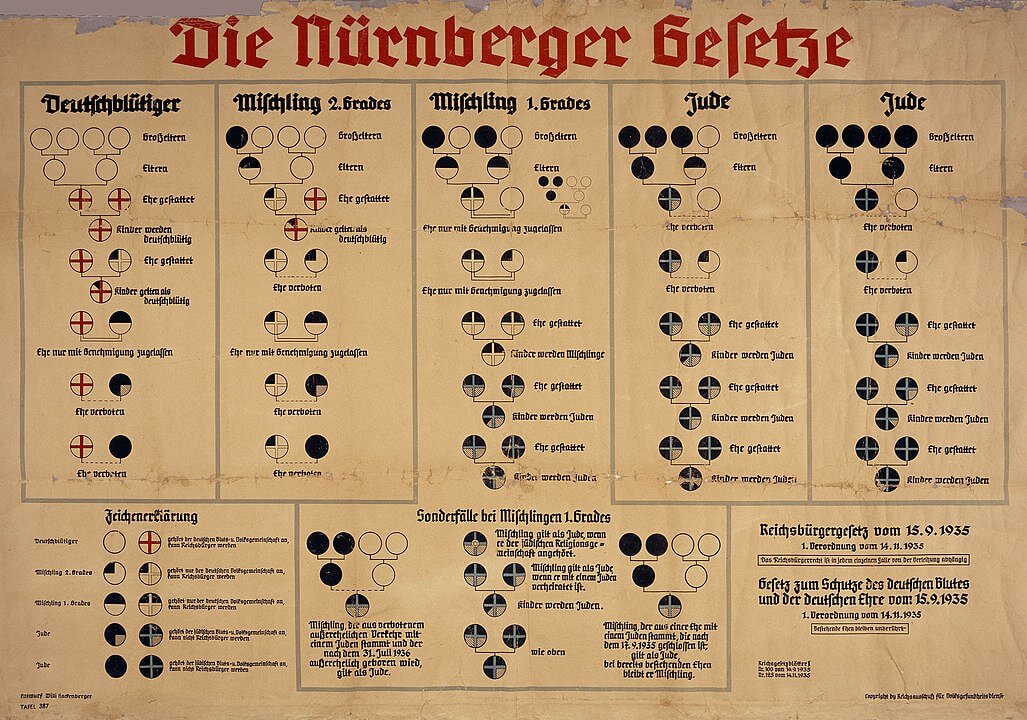
In late 1934 top-ranking Nazi officials made it an immediate priority to eliminate Jews entirely from a racially defined ‘German community’. The proposed legislative solution thus aimed for the complete social isolation of Jewish Germans. Known as the Nuremberg Laws, the legislation enacted on 15 September 1935 included two key laws: the Reich Citizenship Law and the Blood Protection Law. The former rendered Jewish Germans mere subjects of the state and revoked their rights as citizens, while the latter prohibited marriages and sexual relations between Jews and non-Jews. Jews were also forbidden to display the Reich flag and the swastika flag.
In addition to the text of the Nuremberg Laws, the PMJ documents presented here chart the Nazis’ legislative attempts during the first months of the regime to achieve what the Nuremberg Laws eventually did 1935. They also offer a look at some of the unintended social and economic side effects of the Nazis’ anti-Jewish policies prior to the enactment of the Nuremberg Laws.
